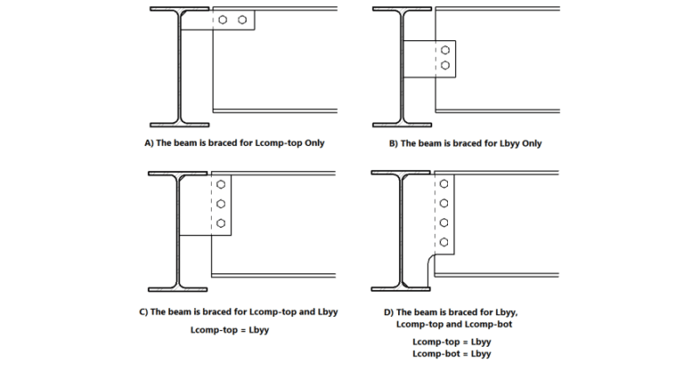
November 19, 2014
What do the Unbraced Lengths represent?
Understanding unbraced lengths and how RISA software accounts for them is essential in the design of any project. In RISA there are three main types of unbraced lengths:
Halloween isn’t just for candy and costumes—it’s the perfect time to test your spooky engineering skills! We’ve brewed up a Halloween-themed RISA Jeopardy game, packed with fun, easy questions about our software. Tip for readers: Try to answer before revealing the “treat” below each question! 💀 Can You Count? 100 – RISACalc: How many components are currently available in RISACalc? 10 (Beam, Column, Steel Joist, Composite Beam, Retaining Wall, Spread Footing, Wall Footing, Drilled Pier, Seismic Load, Wind Load) 200 – FD: How many Data Entry spreadsheets are available in RISAFoundation? 25 300 – RISA-3D: How many countries or regions have building codes supported in RISA-3D? 9 (US, Canada, Mexico, Europe, Great Britain, India, Australia, New Zealand, Saudi Arabia) 🎃 Adaptable 100 – ADAPT: Which of these is not an ADAPT product? ADAPT-Builder, ADAPT-Felt, ADAPT-Floor, ADAPT-ABI ADAPT-Floor 200 – ADAPT: Which mode of ADAPT-Builder is used to design slabs-on-grade on expansive soils using the PTI method? ADAPT-SOG 🕸️ The Whole Family 100 – Other: This steel detailing software and fellow Nemetschek brand has a built-in export option in RISA-3D. SDS2 200 – Other: Which design code is the most common in our software, found in 8 of our 10 programs?…
Read More

Understanding unbraced lengths and how RISA software accounts for them is essential in the design of any project. In RISA there are three main types of unbraced lengths:
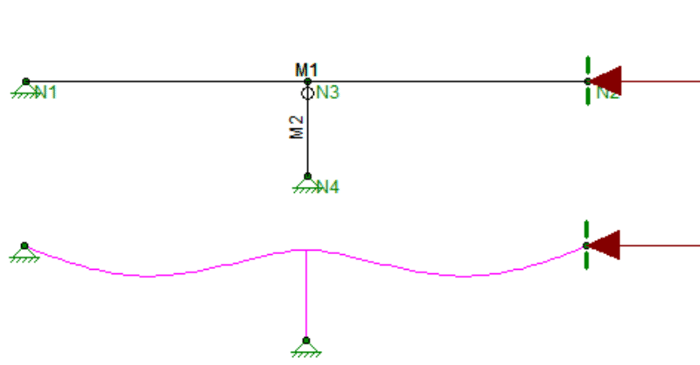
The axial compression and flexure strength of beams and columns is dependent on the spacing of elements which provide bracing along the length of those members. You may specify unbraced lengths as a fixed distance or by using RISA’s Unbraced Length Commands. These unbraced lengths are used for...
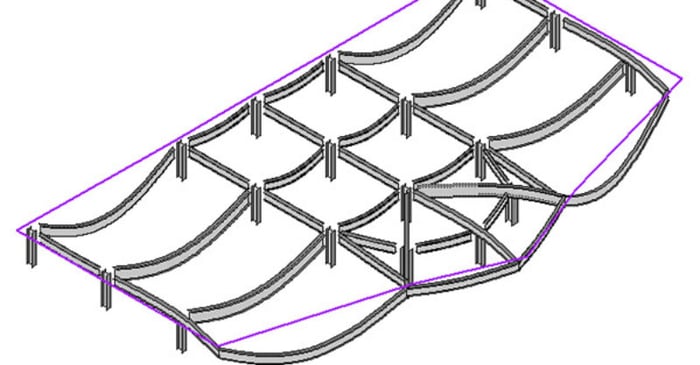
The deflected shape is really helpful to understanding your model’s behavior.
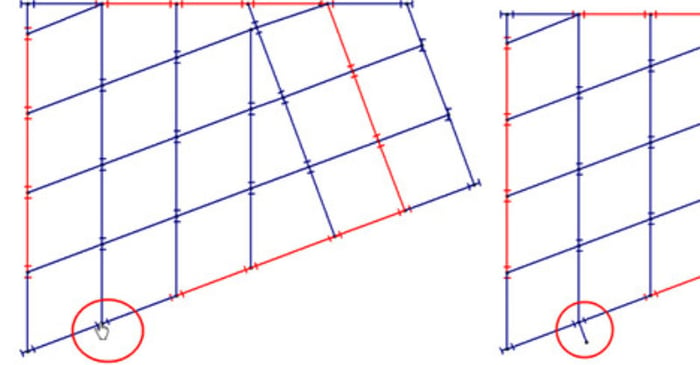
RISAFloor now has the capability to model column outriggers. This feature can be found on the Cantilevers tab within the Draw Beams dialog.
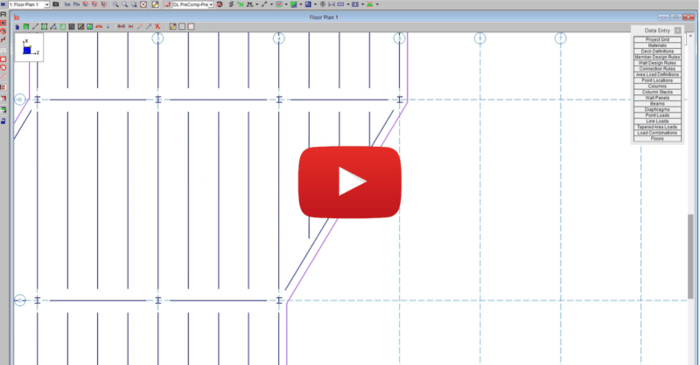
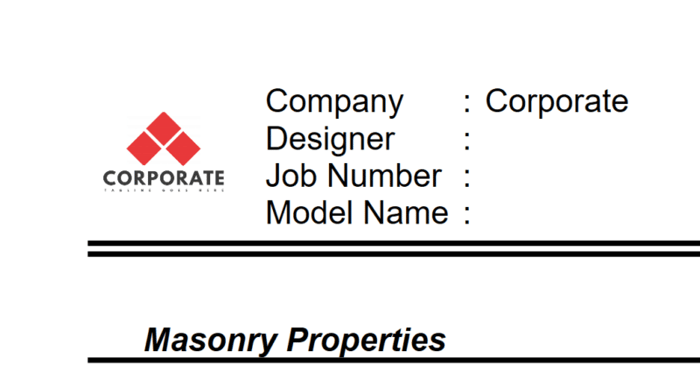
Now you have the ability to add in your customized company logo to a report.
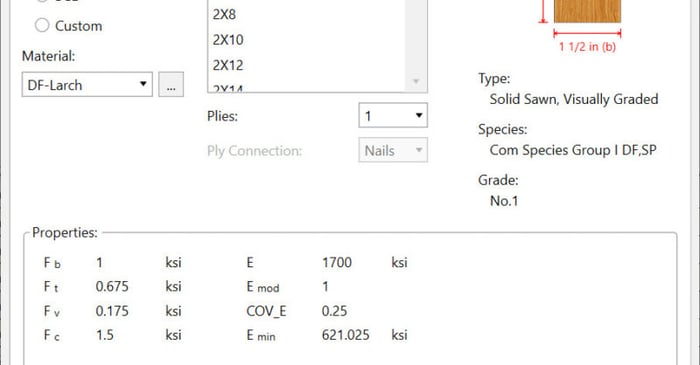
We have recently added a new View Design Properties dialog to allow you to now have the ability to easily view the wood design values prior to solution.
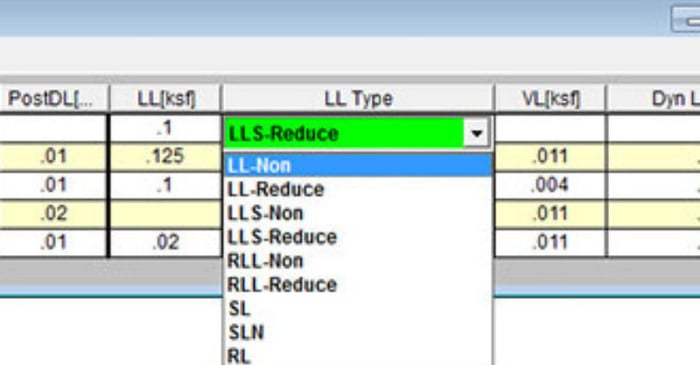
In RISAFloor, there are several different Load Categories that define Live Load. The IBC and the ASCE7 both have provisions that allow you to reduce the tributary area of the Live Loads. These codes have equations that adjust the Live load based on the tributary area and usage (KLL*AT). In...
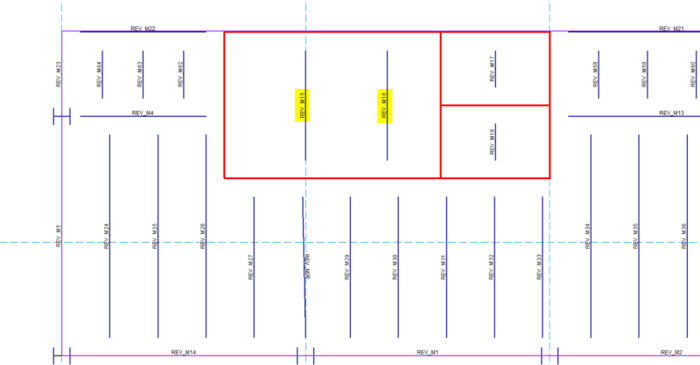
You can now customize the member and nodes names Revit uses during the export to RISA. When you export your Autodesk Revit model to RISA, the member and joint names are automatically altered with “REV” listed in front. This can helpful for you to identify that the model was created in Revit,...
Our monthly "Structural Moment" newsletter is the best way to keep up with RISA’s product updates, new releases, new features, training events, webinars and more...